Undoubtedly, the KitchenAid dishwasher is superb for heavy kitchen duties. This dishwasher can keep the kitchen clean by washing the utensils and appliances thoroughly.
However, it can cause some problems due to continuous use for a long time, and water supply is most common.
So if your KitchenAid dishwasher not filling with water and you don’t know how to fix it, keep reading.
In the following, we have listed almost all the potential reasons for the dishwasher not filling and simple solutions to fix so you can restore the performance at home efficiently.
KitchenAid Dishwasher Not Filling Water- Potential Reasons And Solutions
Door Switch Malfunctioning
If the door switch of your KitchenAid dishwasher fails to operate, it can prevent your unit from filling.
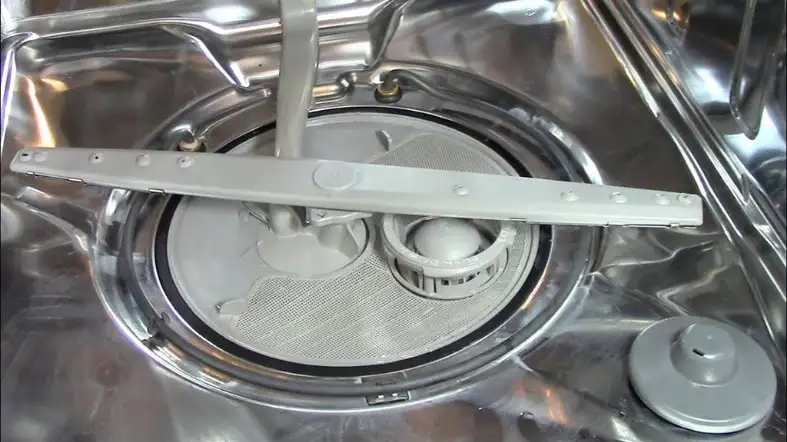
The dishwasher prevents the float switch from activating and can cause difficulties if you don’t close the door tightly or it doesn’t function properly,
In general, the float switch keeps water from overflowing and maintains the appropriate amount consistently.
But if the door gets damaged and declines to close, it then prevents the switch from performing effectively.
Therefore, the KitchenAid dishwasher can’t fill with water as fast as it should.
If you notice this issue, first check the door switch to find out if any of the parts need to be fixed or replaced.
If the system requires replacement, re-install the inner panel and re-connect the power source.
It is also better to change the fuse to keep the dishwasher in good operating order and help it run through a cycle.
Clogged Water Inlet Valves
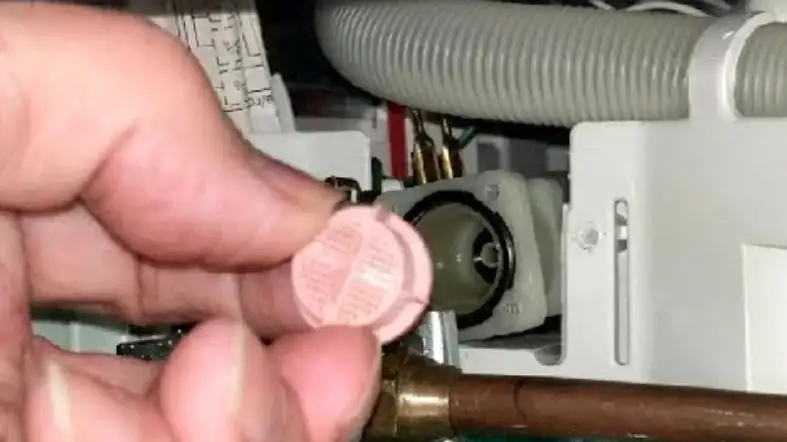
A water inlet valve is a gadget that lets water enter the dishwasher. Sometimes KitchenAid dishwashers do not fill with water due to a defective or clogged water valve.
In general, water inlet valves work through the electronic control and get clogged if the electronic control fails.
Therefore, the valve prevents water from entering the dishwasher. That’s why it’s wise to inspect the water inlet valve to solve the water filling issue.
Following the right procedure to examine the water inlet valve:
First, understand the design of your KitchenAid dishwasher and become familiar with its parts and areas.
Discover the placement of the water inlet valve and remove it from the access panel.
Then check whether it causes any damage, wear, cracks, tears, or other defects. Whatever it is, you can repair the water inlet valve.
Its replacement is the only way to fix this issue.
Limited Overfill Protection Float
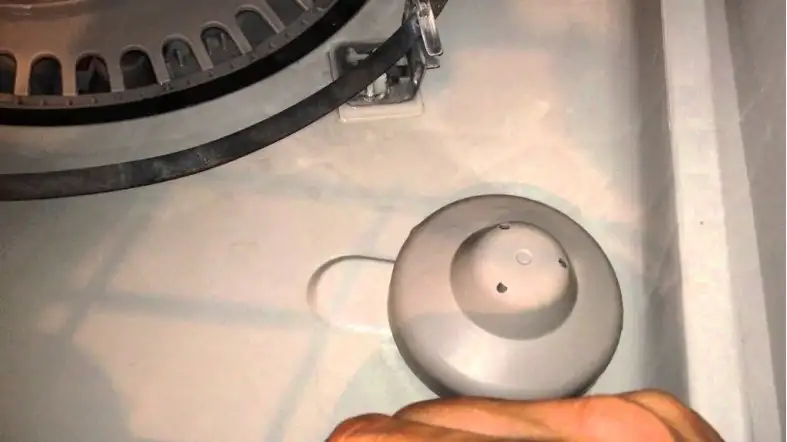
Obstructions in the float area can cause disturbances in the water filling system in the KitchenAid dishwasher.
If it happens again, you have to remove the obstacles from the float area to ensure proper water filling.
To do so, Find the overfill protection float, which is mostly placed at the front end of the dishwasher tub, and pull it up and down.
During this time, notice whether it moves freely or not. If it is operating properly, place it in the right spot.
Float Switch Malfunction
A float switch is a safety feature that prevents the dishwasher from overfilling by shutting off the water inlet valve.
If this float switch button fails to operate, the water intake button won’t open and block water from flowing into your KitchenAid dishwasher.
It can happen due to getting some parts broken or damaged that you must repair immediately.
Otherwise, you may face plenty of disturbances, along with water flowing into your dishwasher.
To fix this problem disconnect your dishwasher first and check the float switch to see if it is working or not.
In general, the float switch activates when the float arm goes above the water heater.
The float switch also controls the amount of water that will enter the dishwasher to prevent it from overflowing.
A multi-meter will be the right tool to check the continuity of the float switch. If the switch gets damaged, replace it right away.
But if you notice the flat switch is okay, then examine the wires that come from the float switch. Remember, this switch should be tight enough.
Drain Solenoid Malfunction
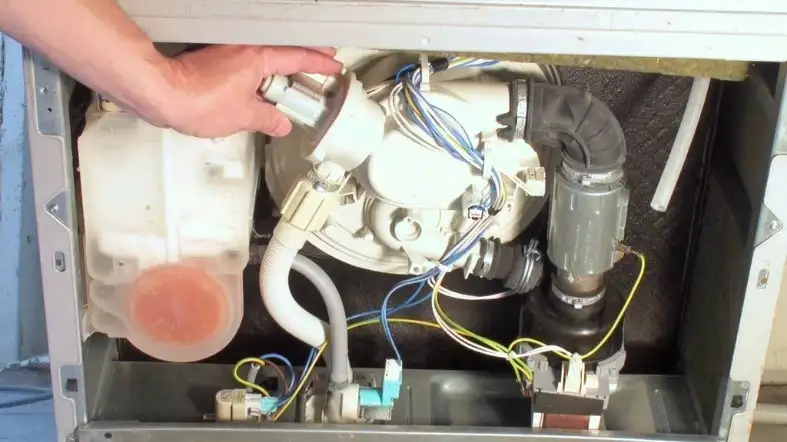
The drain solenoid is a vital part of the KitchenAid dishwasher. This appliance controls the drain valve of the dishwasher.
The drain valve of the dishwasher can also fail due to the malfunction of the drain solenoid.
Therefore, it’s a good idea to check the drain solenoid as it greatly impacts the operation of the dishwasher.
While inspecting, if you find the drain solenoid is damaged or broken, repair or replace it so your unit can fill with water.
But you need to replace the drain solenoid. Make sure it’s the original manufacturer’s part. Remember, purchasing genuine equipment can only help you avoid repeating the issue.
Drain Hose
Sometimes dishwashers can siphon and may not fill with water.
In general, the drain hose should be connected to the disposer inlet or waste tee over the drain tape in the house plumbing system and at least 20 inches above the floor.
As it is one of the potential reasons, check the loop at the end of the drain hose and make sure it is over the subfloor as it should be.
Inefficient Water Supply
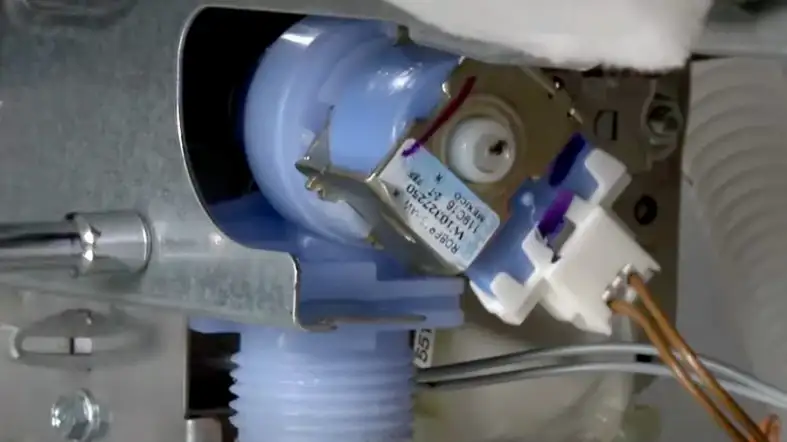
The water supply via water valve inlets can also get disturbed and prevent the dishwasher from filling with water.
If it becomes clogged, the water supply can also drop severely, stopping the water supply completely.
As it’s a possible reason, check the parts of the water supply system to make sure everything is connected appropriately.
If everything is OK, fasten any loose ends, clean up the clog, and put everything back into its appropriate places.
This way, you’ll be able to run the water freely once again and fill the dishwasher with water. Another potential reason is calcium formation.
Using a dishwasher continuously for a long time can build up calcium deposits in the water supply valve or filter screen in the valve.
Getting clogged by sediments, the water inlet valve prevents the dishwasher from filling perfectly.
Before checking the water line, you must turn off the water supply. Then check the valve to figure out whether it is clogged or not.
Despite this, inspect the water pressure and remember it requires a minimum of 20 psi to function properly.
How To Fix It

The troubleshooting of the KitchenAid dishwasher is quite simple. If your dishwasher starts malfunctioning, review its water supply system first.
Poor water supply is a common problem for dishwashers, especially if the system has been working for a long time.
The reason is that calcifications in the water supply valve and slim filter screen obstruct the water inlet valve over time.
This condition drops the water pressure and limits the supply of water into the dishwasher. The expectation of water flow through the inlet valve is around 20 PSI.
There is less pressure than this requirement disturbs the normal water flow.
In this case, consult with a plumber to fix its clogging issue or other sources of problems.
Final Words
Troubleshooting KitchenAid dishwasher is quite straightforward through its user manual or customer service.
So whether your KitchenAid dishwasher not filling with water or other difficulties, simply check its user manual or take the benefits of the warranty.
Apart from that, you have now got almost all the potential reasons that can prevent your KitchenAid from filling along with solutions.
Trying yourself will help maintain your KitchenAid dishwasher properly for a long time without repair costs even after expiring the warranty.
